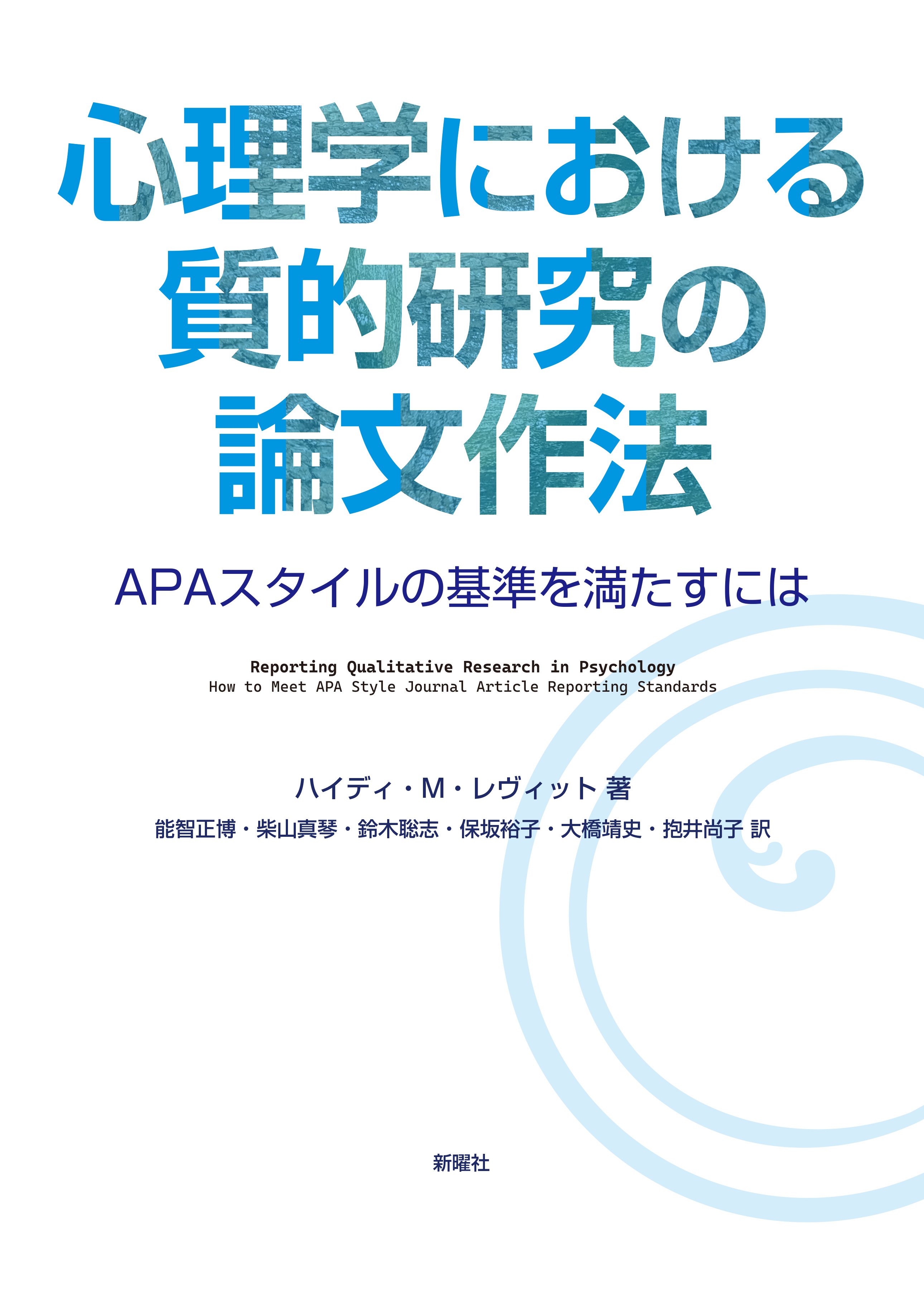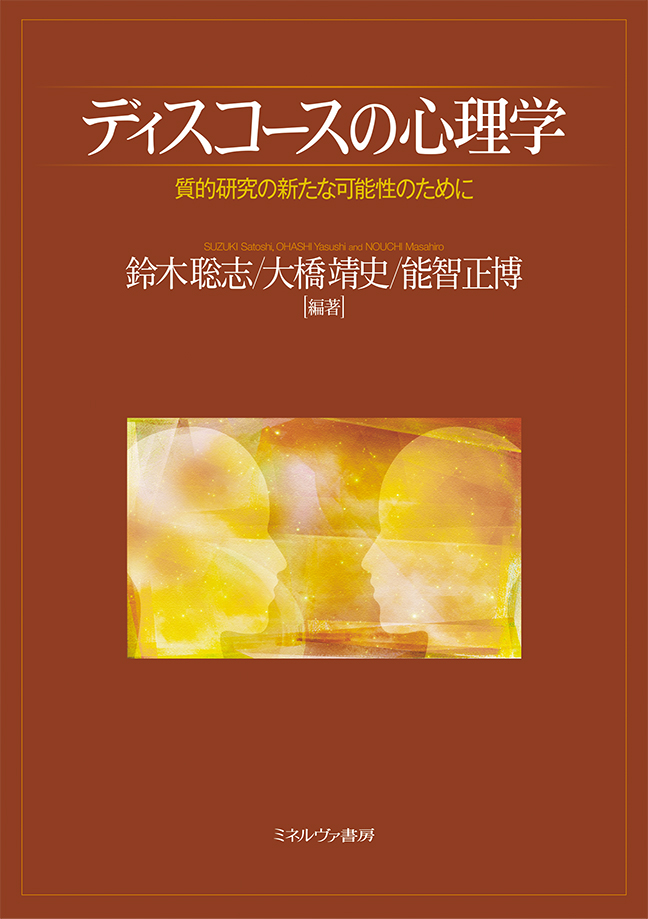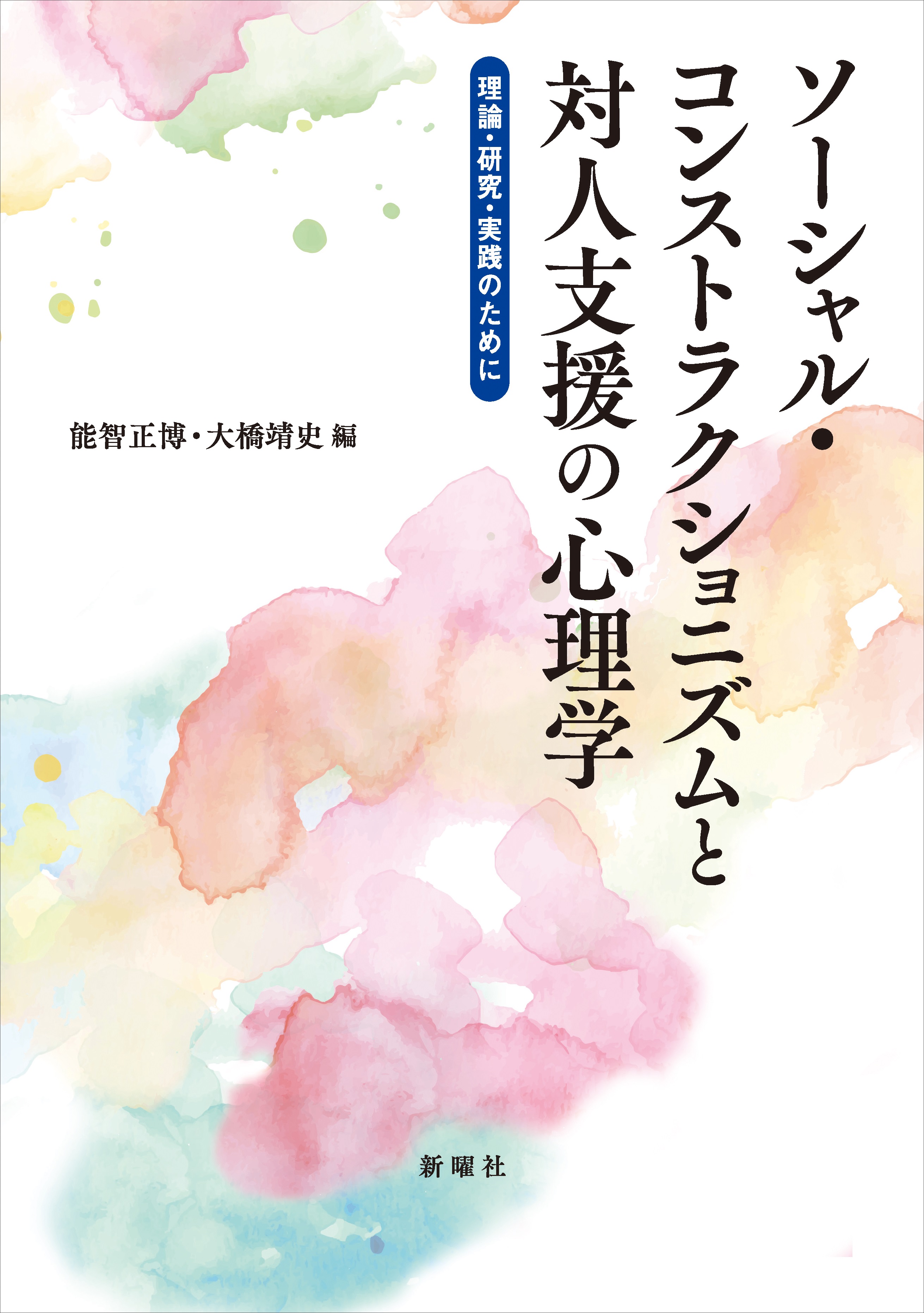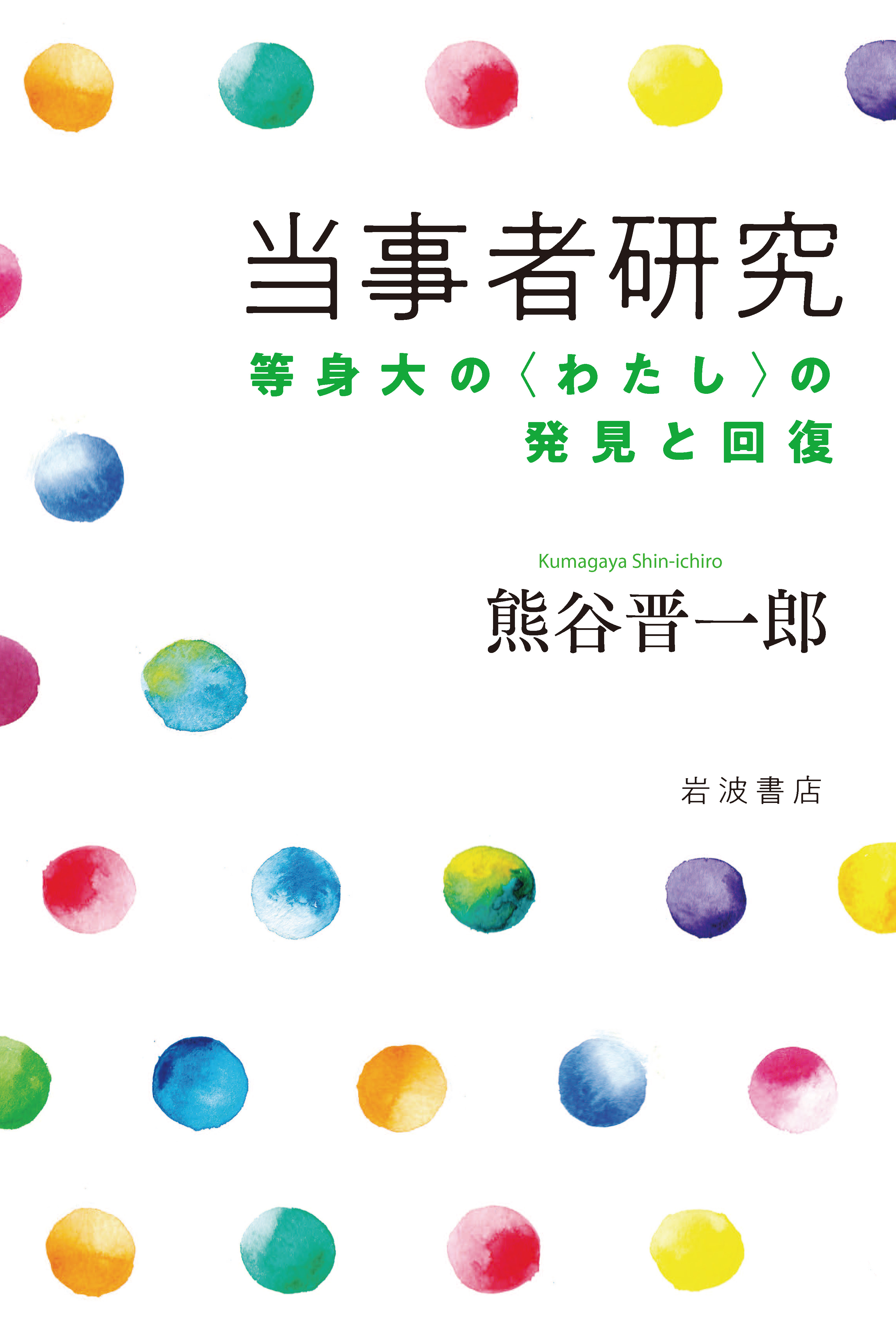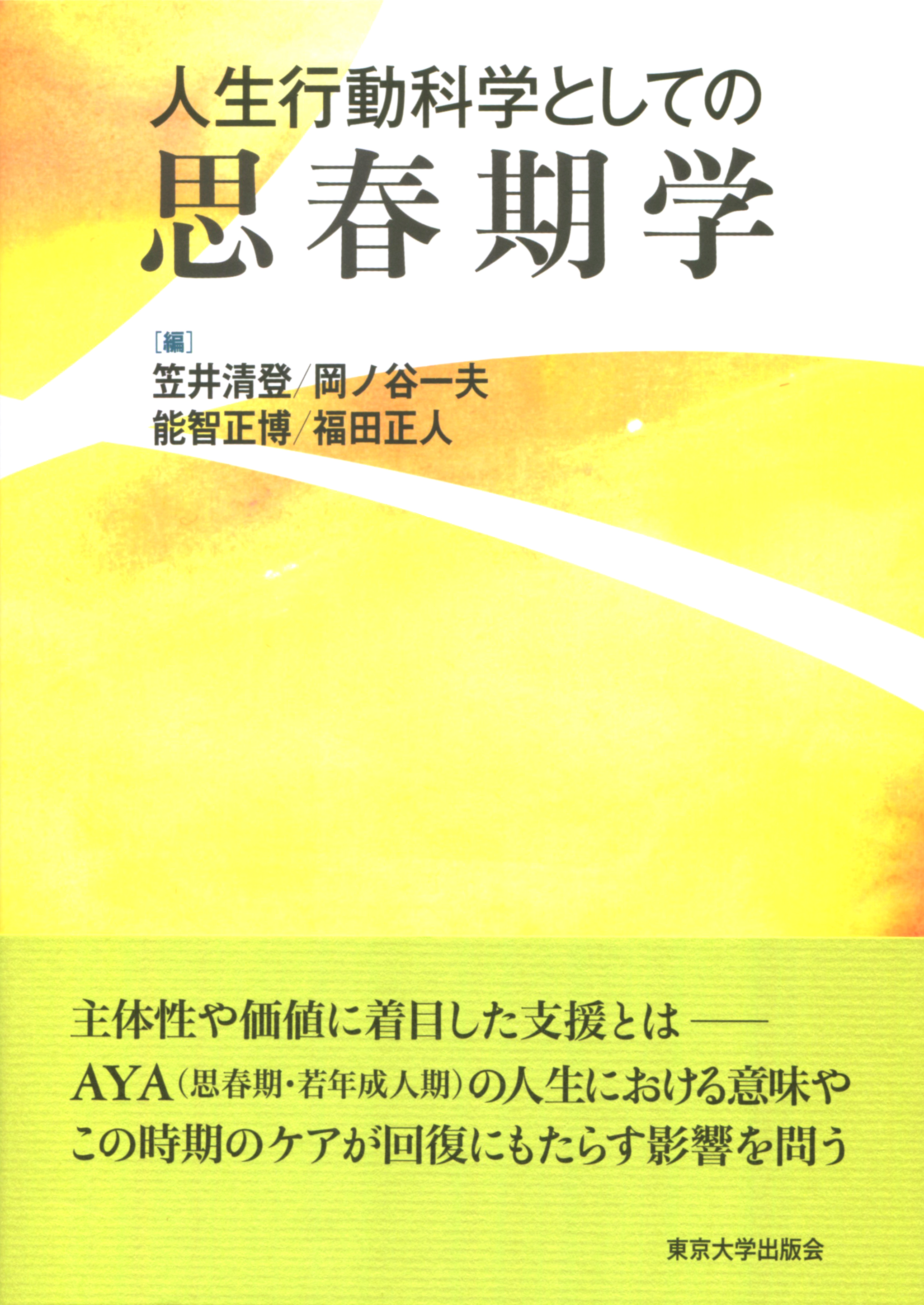
Title
Jinsei Kodo-kagaku to shite no Shishunki-gaku (Adolescentology as a life-course behavioral science)
Size
336 pages, A5 format
Language
Japanese
Released
September 18, 2020
ISBN
978-4-13-011148-5
Published by
University of Tokyo Press
Book Info
See Book Availability at Library
Japanese Page
In this book, frontline researchers and those involved in relevant cases discuss how adolescence is best understood from a life-course behavioral science standpoint. “Life-course behavioral science” is unlikely to be a familiar term. “Behavioral science” refers to the empirical study of human behavior and efforts to create relevant laws and models. To ensure strict validity, the target of such a study is often objectively observable behavior occurring over a relatively short period. However, the actual life we live daily occurs within the lengthy passage of time that is our life itself, and it is within this passage that emotions arise, and hopes and dreams are born. Those who seek to understand people, both themselves and those around them, must surely take such a whole-life context into account. This book could be seen as an interim report by authors confronting “life” in such terms and tackling the big question of how to objectify it using scientific language.
The book seeks to understand adolescence and its subsequent stage, young adulthood. This is certainly the time of life in which we first become aware of our own life stretching out before us—it is at this stage that young men and women also experience psychological insecurity, amid changes in their physiology and social environment, and encounter dramatic situations in the form of difficulties, insecurities, and struggles, against which they may prevail. This is why countless works of literature have focused on adolescence or young adulthood. The significance of taking a fresh scientific look at this time of life, as well as in the obvious benefit of development of relevant scholarship, surely also lies in the potential for providing practical suggestions to support today’s youths going through these two developmental stages, which tend to be fraught with problems.
The book is divided into five sections—in each, three to six authors discuss adolescence and young adulthood from a unique perspective. For more details, please refer to the table of contents below—the contents are broad and cover a wide range of topics, from theoretical investigation of how best to investigate and analyze this time of life from a whole-life viewpoint, to a discussion on the position and difficulties of those living it and how best to support them. We suggest that readers first start with the chapters they find most interesting, widening the scope of their reading later. We hope that adolescent and young adult readers can deepen their understanding of themselves and garner helpful ideas for the future. It would also give us great pleasure if this book helped young students develop an interest in life-course behavioral science, who can then contribute to the development of relevant research in the future.
(Written by NOCHI Masahiro, Professor, Graduate School of Education / 2021)



 Find a book
Find a book


 eBook
eBook